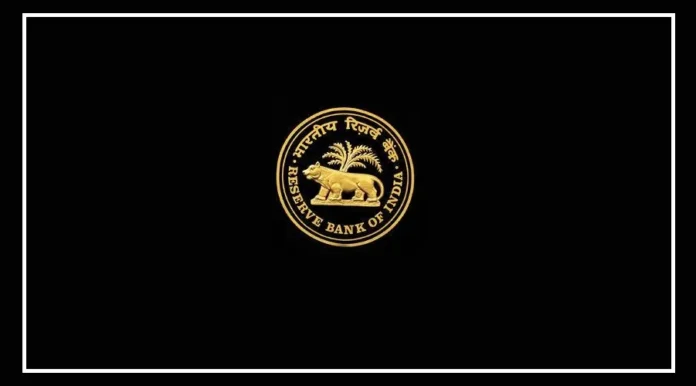The Reserve Bank of India (RBI) has introduced new rules to speed up cheque clearance under the Cheque Truncation System (CTS). With this system, cheques will no longer be moved physically. Instead, banks will use scanned images and electronic data to process cheques in real time.
What Will Change Under CTS?
Under CTS, the cheque clearance process will run continuously during working hours. Cheques will be scanned, sent, and cleared electronically without any physical handling, making the system faster and safer.
One Continuous Presentation Window
Starting October 4, banks will begin sending scanned cheque images and MICR data to the clearing house from 10 am to 4 pm.
These will be forwarded to the paying bank (called the drawee bank) throughout the day. This will save time and reduce bank operating costs, as it replaces the current batch-wise processing.
Real-Time Action Required
Once the drawee bank receives the cheque image, it must take action immediately. The confirmation time will be from 10 am to 7 pm.
Each cheque will have a set “expiry time.” The bank must verify and respond in real time, sending its decision to the clearing house without delay.
Rollout in Two Phases
Phase 1 (October 4, 2025 – January 2, 2026):
Banks must confirm cheques by 7 pm. If they don’t, the cheque will automatically be treated as cleared and settled.
Phase 2 (From January 3, 2026):
Banks will have only three hours to confirm a cheque. For example, a cheque received at 10 am must be cleared by 2 pm. If the bank doesn’t respond in time, it will be auto-approved.
Once a cheque is settled, the clearing house notifies the banks. The credited amount will then reach the customer’s account within one hour.
What This Means for Customers
Adhil Shetty, CEO of Bankbazaar.com, says this change will complete cheque clearance in just a few hours.
Even though many people now use UPI, NEFT, and RTGS, cheques are still in use, especially by businesses and individuals. Faster clearance will improve convenience and reduce risks due to delays.
Benefits of the New CTS System
Cheques will be scanned and cleared throughout working hours.
The process will become more efficient and reliable.
Physical movement of cheques will stop, reducing the chances of them being lost.
Businesses will manage cash flow better due to quicker settlements.
The chances of system errors or delays will reduce.
Cheque fraud risks will also go down.
Experts say that the new CTS rules will bring faster cheque clearance, quicker credit to accounts, and a shorter overall processing time.
Depending on the cheque type, the amount may even be credited the same day.
